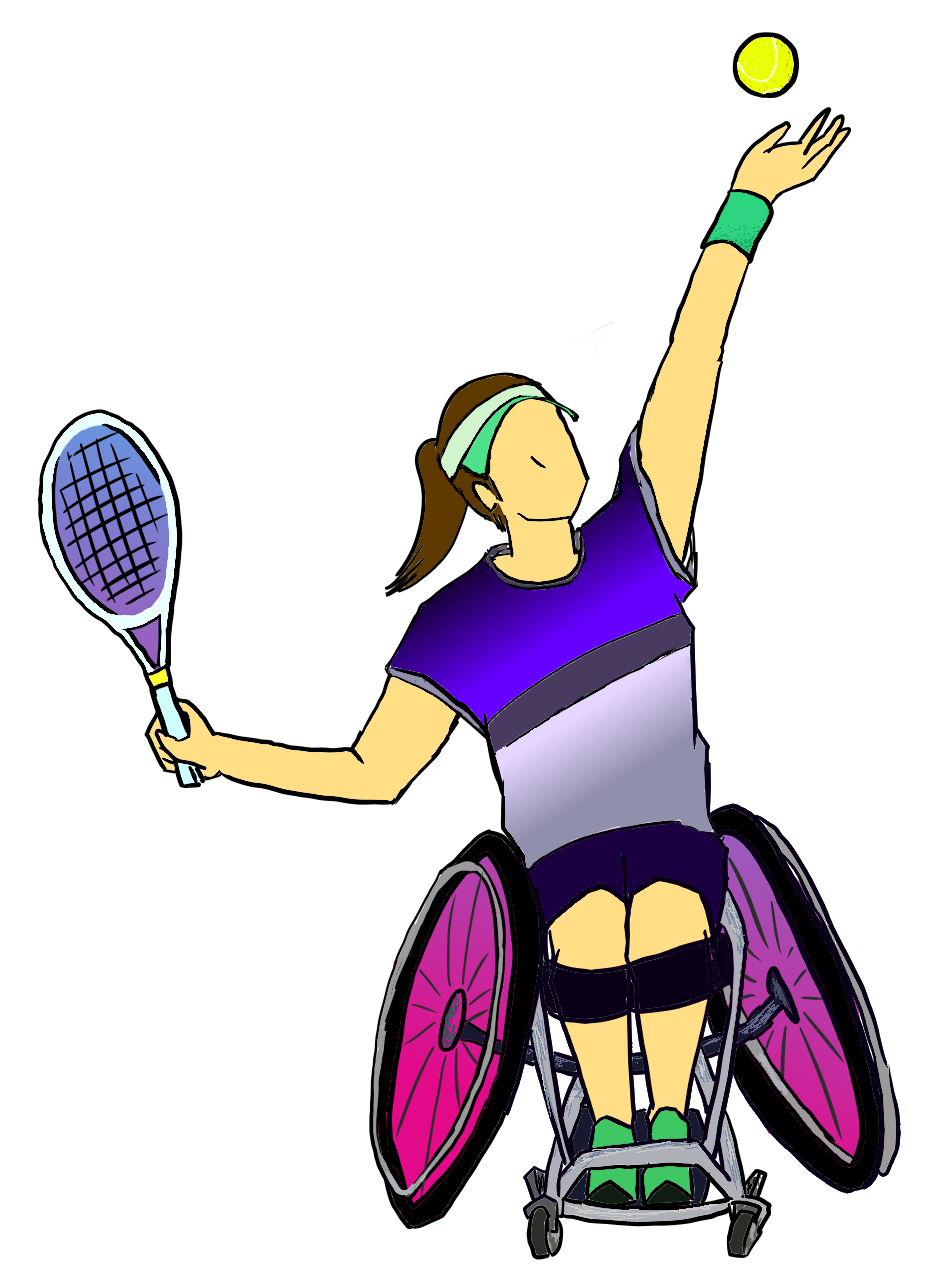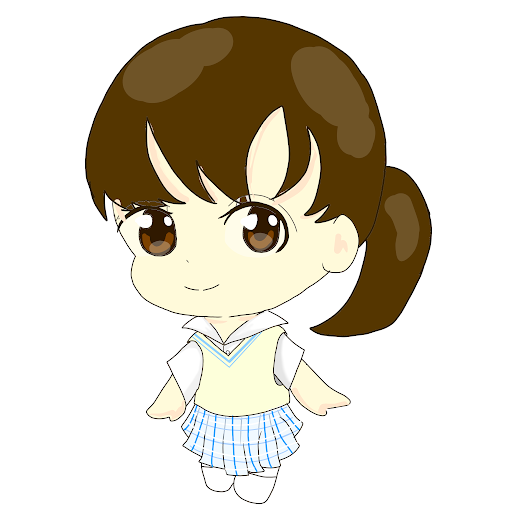Type of competition -Paralympic-
Summer Games
The following 22 competitions were held at the Tokyo 2020 Paralympics:
Archery, Wheelchair Tennis, Wheelchair Basketball, Wheelchair Fencing, Wheelchair Rugby, Swimming
Goalball, 5-man (blind) soccer, sitting volleyball, bicycles, shooting, judo, table tennis, taekwondo, Triathlon, Equestrian, Badminton, Powerlifting, Rowing, Boccia, Athletics
Winter Games
Alpine skiing, biathlon, cross-country skiing, ice hockey, snowboarding, wheelchair curling
These 6 events compete in the Winter Paralympics.
What is classification?
Classification is the process of dividing athletes into classes according to the type and degree of their disabilities so that they can compete under fair conditions. In team competitions, the degree of disability of the athlete is replaced by a score as "points".
Example)Swim "classification"
①S②10
1) Swimming S...freestyle, backstroke, butterfly SB...breaststroke SM...medley Medley
2) Type of disability 1-10 Physical disability, 11-13 Perceptual disability 14...Intellectual disability
Famous games
In this section, we will focus on some of the most famous Paralympic events.
Wheelchair tennis

|
Rules are the same as for general tennis, except that two bounces are allowed. |
Wheelchair rugby
Wheelchair rugby is the only Paralympic sport that allows wheelchairs to tackle each other.
Played by a mixture of men and women, using sturdy competition wheelchairs and a special round ball.
There is a rule that the total of the four players' points must not exceed 8 points.
Wheelchair basketball
|
Rules are the same as for basketball, except that there is no double dribbling and the wheelchair must be paddled three times while holding the ball to be considered traveling. No double dribbling. |

|
Five-a-side soccer (blind soccer)
Five-a-side soccer is played by visually impaired (blind) players.
The four field players wear eye masks and dribble or pass a ball that makes a sound when it rolls to the goal.
The remaining player who is not a field player (with low vision or no visual impairment) plays goalkeeper.
Athletics
Athletes with various disabilities, such as artificial limbs, visual impairment, and intellectual disabilities, compete for a position in their respective classes.
Differences from the Olympics
・Among the visually impaired athletes, T11 (totally blind) and T12 (low vision) athletes may run with a guide runner.
・There is a club throw that is not in the Olympics.
The pole vault is a Paralympic sport throwing event designed for athletes who lack grip strength and are unable to grip a thin javelin.
Athletics has classifications!
①Events
First, they are divided into T and F.
T...Competitive events, jumping events F...Throwing events detail...
In T (the competitive and vaulting events at the Tokyo 2020 Paralympics):100m, 200m, 400m, 800m, 1500m, 5000m, marathon, long jump.
In the F (throwing events held at the Tokyo 2020 Paralympics):the javelin, discus, shot put, and pommel throw.
②Type of disability
In addition, the disability status and type of disability are categorized from 11 to 70
1-14: Visual disability, 20: Intellectual disability
30-34: Cerebral palsy (wheelchair)
35-38: Cerebral palsy (wheelchair or standing)
40 41: Short stature
42-44: Lower limb dysfunction, lower limb amputation (no prosthesis)
45-47: Upper limb functional disability
48: Other minor disability of one or both lower limbs
49: Other minor disability of one or both upper limbs
51-57: Other than cerebral palsy (wheelchair)
58: Other minor lower limb disability (seated)
61-64: Lower limb amputation (artificial leg)
70: H earing impairment
These are just a few of the many categories. Within these disability classifications, there is a distinction between severe and minor injuries.
For your information, the number of severe cases is lower, and the number of minor cases is lower.
ex) 100mT11 and 100mT13: 100mT13 has a milder disability (visual impairment) than 100mT11.
Some sports are not recognized by the Paralympics.
Paralympic sports are often influenced by sports that are popular in the region. For example, basketball is one of the most popular sports in the U.S., but it is also a powerhouse in wheelchair basketball...
Summary

|
I learned that since the athletes are divided into different classes according to their disabilities, parasport athletes are able to stand on the same starting line and compete, thus maintaining fairness.
Also, I learned that there are sports that allow people of all ages, men, and women, able-bodied people, and handicapped people to communicate with each other.
|

|
I was surprised that there were so many classifications for athletics. I also felt that tennis should be divided into more classes instead of just three.
|
Additional information
一般社団法人 日本車いすテニス協会(http://jwta.jp/)
一般社団法人 日本車いすラグビー連盟(https://jwrf.jp/)
一般社団法人 日本車いすバスケットボール連盟(https://jwbf.gr.jp/)
一般社団法人 日本パラ陸上競技連盟(https://jaafd.org/)
日本ブラインドサッカー協会(https://www.b-soccer.jp/)
全日本車椅子空手道連盟(https://jks.jp/wheelchair)
Reference data
Japan Paralympic Committee - Introduction of Games
https://www.jsad.or.jp/paralympic/sports/guide-top.html
パラサポWEB
https://www.parasapo.tokyo/
オリンピック・パラリンピック まるごと大百科
監修 真田 久(筑波大学教授) 学研プラス
Go "Introduction"
